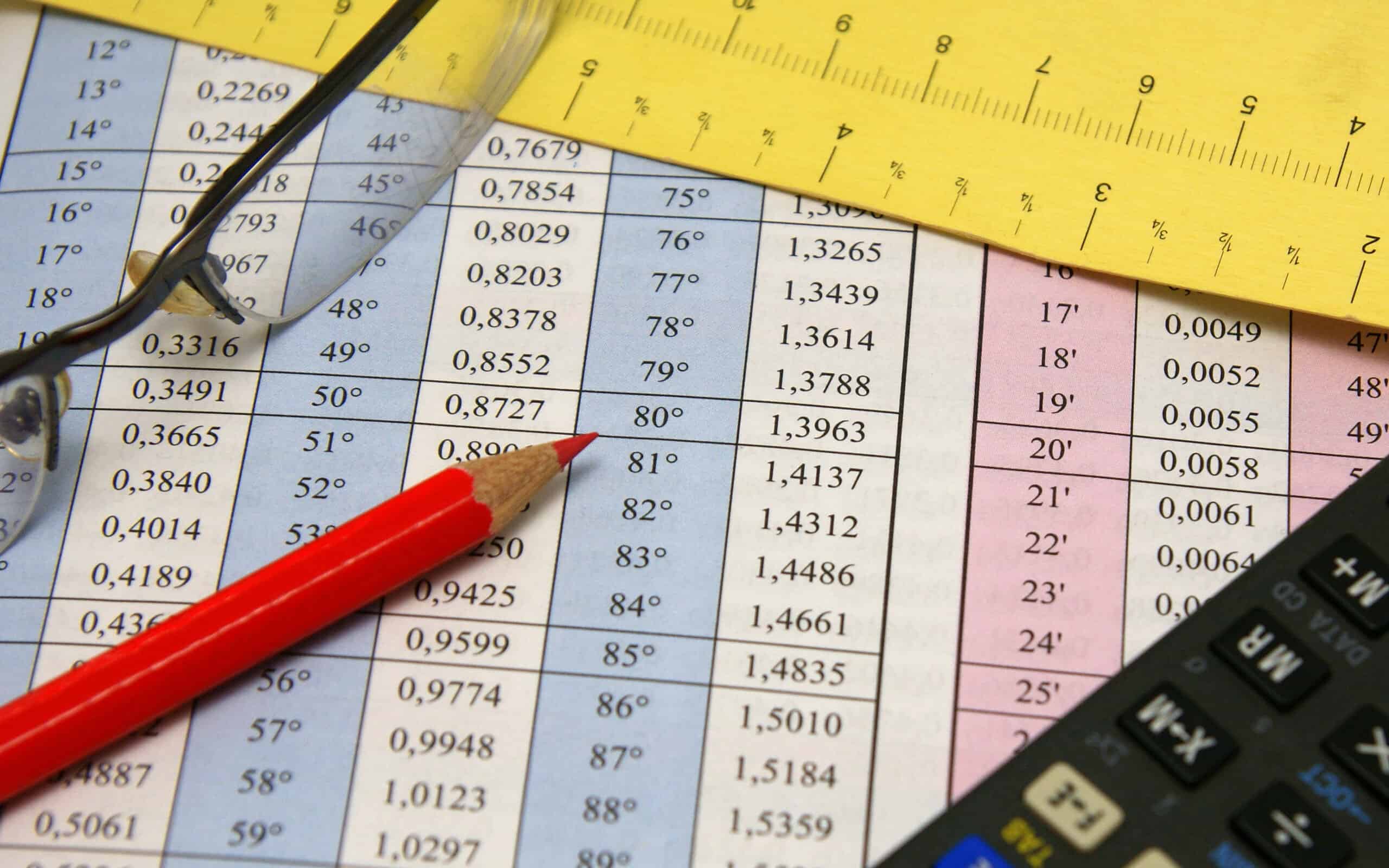
We are introduced to angles in terms of degrees. In science and engineering though, it is often found that it is better to define the measurement of angles in radians.
Overview: What is radian?
It is a method of expressing angles that is more logical than the use of degrees. “1 radian” is the angle created at the center of a circle and an arc that is equal in length to the circle’s radius. In Japan, radian is called “circular measure”.
3 benefits of radian
There are several reasons why using radians can be more beneficial than expressing terms in degrees:
1. They are the natural measurement for dividing up circles
For all circles, if the radius was bent into an arc along the circle’s circumference, you would need around six radians to go completely around it.
2. Preferable when doing computations that involve angles
When computing with angles, radians are preferred over degrees because the computations will be more exact.
3. Common angles are easy to express in radian
A 30-degree angle is expressed in this measurement as π/6 radians. A 45-degree angle is π/4 radians, 60-degrees is π/3 radians, and 90-degrees is π/2 radians. A full 360-degrees is expressed as 2π.
Why is radian important to understand?
Radians are important to understand for the following reasons:
1. Relating linear and angle measurements
Utilizing radians grants the ability to relate linear and angle measurements to each other.
2. Simple and natural results
In mathematics, using radians can give you easier to interpret results. One example would be very small numbers being expressed in radian as opposed to the sine function. With sine, 0.0009999998 is equivalent to 0.001 radians, 0.0099998 is equivalent to 0.01, 0.0998334 is equivalent to 0.1, and 0.8414710 is equal to 1.
3. You may need to express angles beyond 360-degrees.
There may be circumstances where you need to demonstrate degrees that go well beyond 360. Trying to express something like 4680-degrees becomes simple with radians as that is equivalent to 26π. If you understand that 2π radians are 1 circle, you can easily ascertain that the number is 13.
An industry example of radians
In a manufacturing plant, output has slowed down, so all parts of the manufacturing process are being looked at to determine the cause. One possibility could be a defect in the machines.
During a check-up of the machines, testing is done on as many parts as possible. One of the parts of a machine has a wheel that works ideally when it is turning 90 radians per second.
To see that it is running at an optimal level, it is tested how fast the belt that is connected to the wheel is moving. The belt is moving at 60mph, which works out to 90 feet per second. The wheel has a radius of one foot. By dividing the radius of the wheel into 90 feet per second, it is found that the wheel is indeed spinning at its optimal rate of 90 radians per second.
3 best practices when thinking about radians
Here are a few good practices to keep when working with radians:
1. You are not getting an exact decimal value
It is important to keep in mind that while expressing in radians is cleaner and simpler since you are using pi to calculate, you are not getting an exact decimal number. The values will be so small that it is likely negligible, but it bears keeping in mind.
2. Use radians for expressing circular motion
Rotational movement equations are best expressed in radians. Even if the original parameters are expressed in degrees, if you are looking at circular motion, the angles should be converted to radians.
3. Use degrees instead of radians in vector related problems
These would include forces, speeds, and projectiles.
Frequently Asked Questions (FAQ) about radians
Who invented radians?
The concept of a radian is generally attributed to Roger Cotes in 1714.
What is the decimal value of the number of radians in a circle?
Since pi is not an exact value and it is used in radians, the decimal value is not exact. The common answer is that there are 6.28 radians in a circle.
Is a radian bigger than a degree?
A radian is much bigger than a degree. One radian is equivalent to around 57 degrees.
Calculating with radians
All measurements have their place. Sometimes, it is just easier working with one rather than another. If you are working with angles, there are a lot of instances where it just makes more sense to use radians instead of degrees.